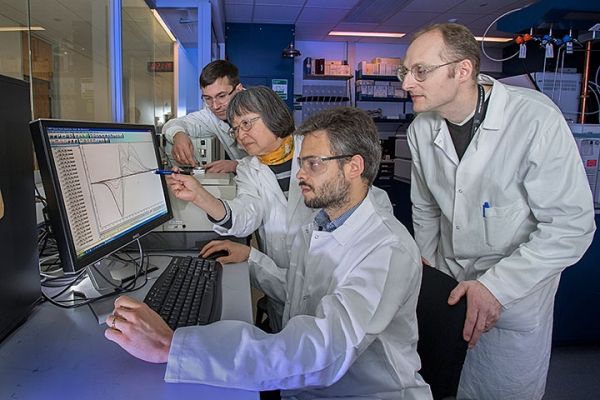Plants take in energy from sunlight to transform atmospheric carbon dioxide (CO2) into sugars and then other materials for growth and metabolic functions. Mimicking this photochemical reaction to efficiently convert CO2 into fuels and industrially important chemicals would support a sustainable energy future and reduce greenhouse gas emissions.
To realize such artificial photosynthesis, scientists have been studying catalytic systems composed of multiple components that work together to drive the transfer of photo-induced electrons required to convert CO2 into energy-rich products. One such product is formate, a salt form of formic acid—a naturally occurring organic chemical made of hydrogen and CO2 molecules. The production of formate from CO2 is considered an attractive strategy for the long-term storage of solar renewable energy in chemical form.
Multicomponent CO2 conversion systems typically include a photosensitizer, a catalyst, and a sacrificial electron donor in solution. Upon absorbing light, the photosensitizer jumps to an excited state, where it accepts electrons from the donor. The catalyst—whose function is to minimize the high energy barrier to activate CO2, a very stable molecule—then uses these high-energy electrons to complete a series of reactions.
Read more at Brookhaven National Laboratory
Image Credit: Brookhaven National Laboratory


